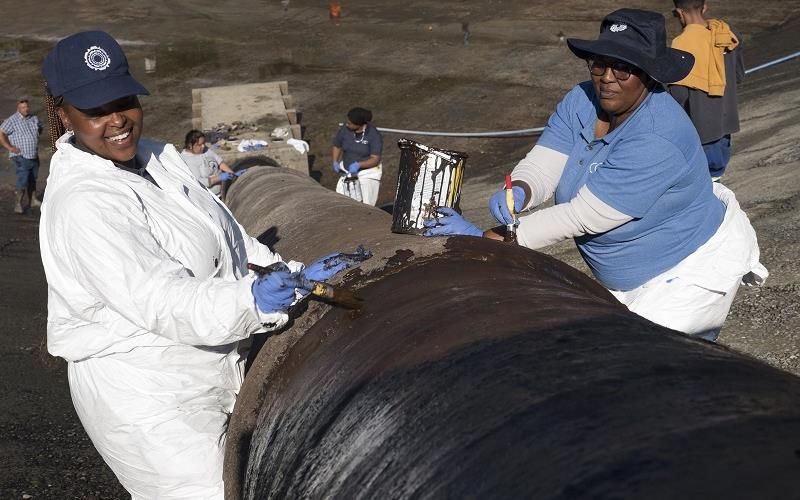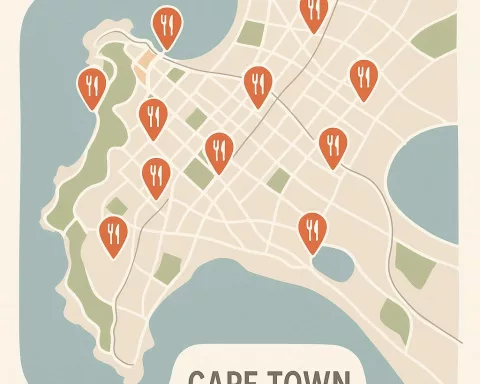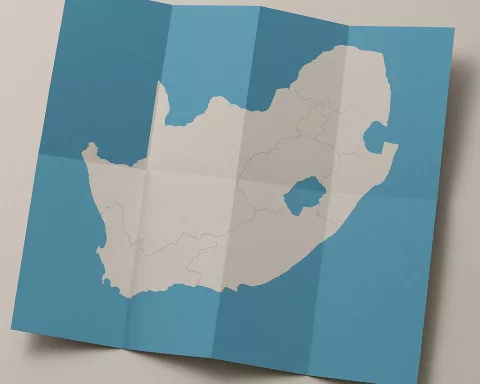The City of Cape Town has recently completed its annual proactive water maintenance programme, which focused on cleaning the Molteno and Newlands reservoirs. These two reservoirs are among the oldest water facilities in Cape Town, and they continue to prove their durability and significance to the city’s water supply.
Durability and Importance of Molteno and Newlands Reservoirs
The Molteno reservoir, with a storage capacity of 188.8 million litres, supplies water to several areas in Cape Town, including the CBD, Foreshore, Atlantic Seaboard, Upper City Bowl, and more. Meanwhile, the Newlands storage reservoir, with a capacity of 132.6 million litres, provides water to various locations, such as Llandudno, Claremont, Hout Bay, and Pelican Park, among others.
Annual Maintenance Work
Each year, the City of Cape Town invests about R1.6 million in maintaining and preserving these reservoirs. The annual maintenance work involves concrete repairs to ensure their continued safe operation for years to come. Each operation at these sites involved around 100-150 staff members and took about a week to complete. Preparations for the annual operation entailed emptying and scouring the reservoirs and setting up contingency measures to prevent supply disruptions to residents during the maintenance period.
Commitment to Preserving Water Infrastructure
The Water and Sanitation Directorate in Cape Town has a deep understanding of the importance of maintaining bulk water infrastructure and consistently monitoring water quality at the reservoirs throughout the year. The City’s dedication to preserving its water infrastructure is commendable, and its commitment to continually monitoring water quality confirms its dedication to providing safe and reliable drinking water.
Efficient Large-Scale Operations
Cleaning a reservoir is no easy task and requires meticulous planning from start to finish. The success of the annual proactive water maintenance programme showcases the City’s ability to manage large-scale operations efficiently while ensuring the safety and satisfaction of its residents.
Resilience of Cape Town’s Water Infrastructure
The Molteno and Newlands reservoirs have stood the test of time, showcasing the resilience of Cape Town’s water infrastructure. As these reservoirs continue to serve the city, the City’s commitment to safeguarding the quality and safety of the water supply remains unwavering. Through regular maintenance and monitoring, Cape Town’s residents can continue to trust their tap water and take pride in their city’s water infrastructure.








